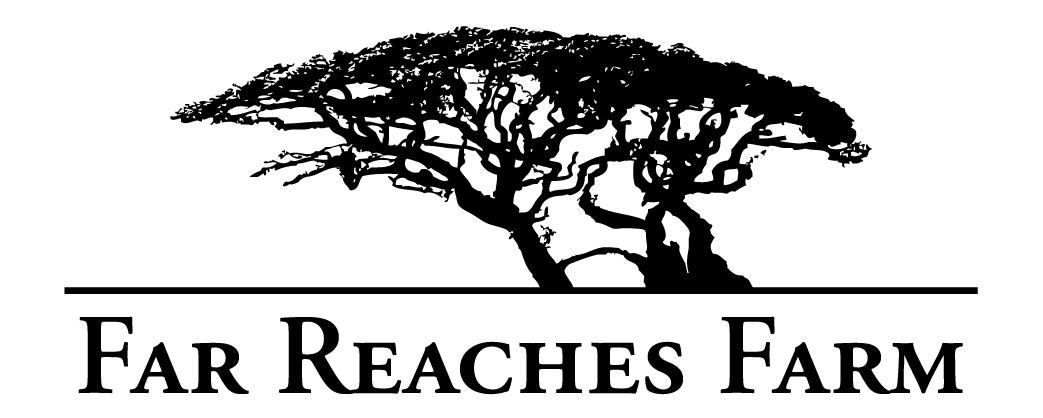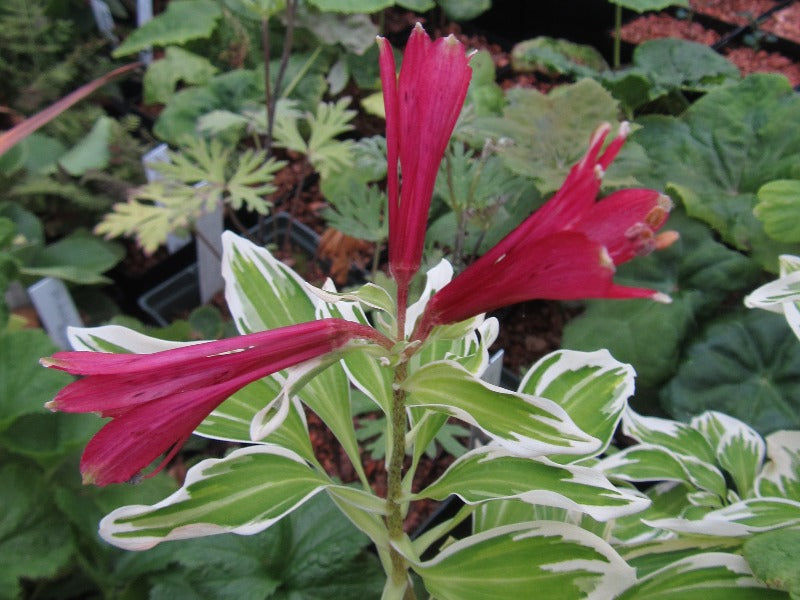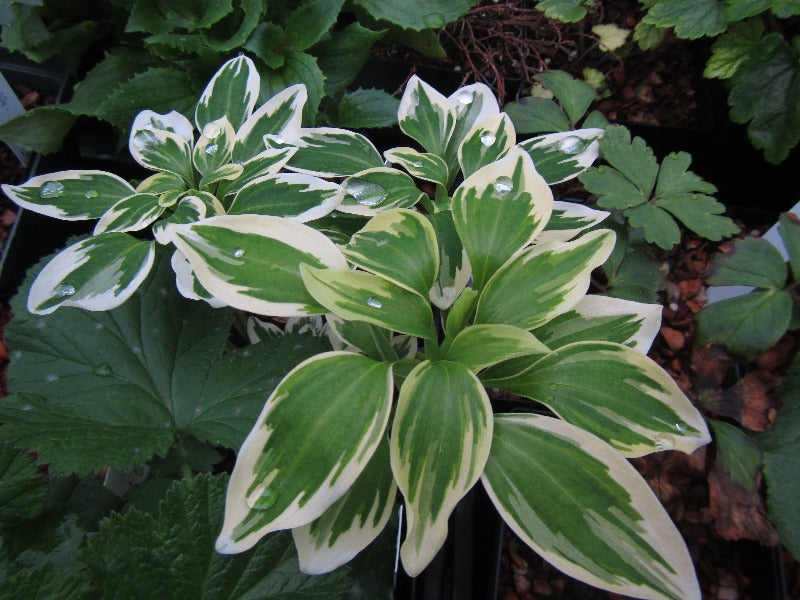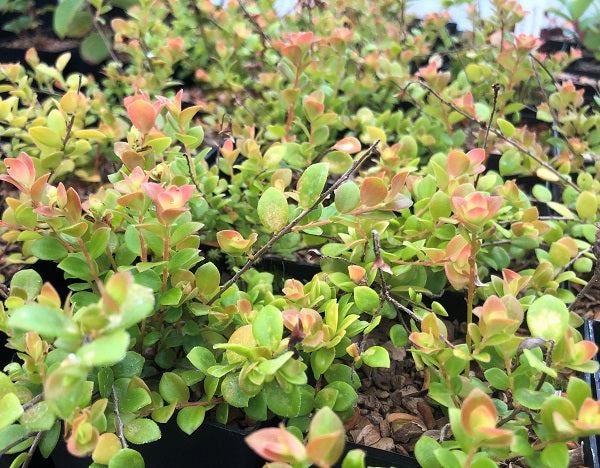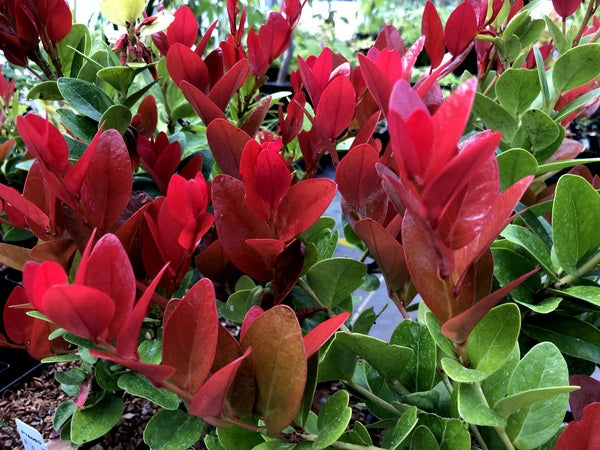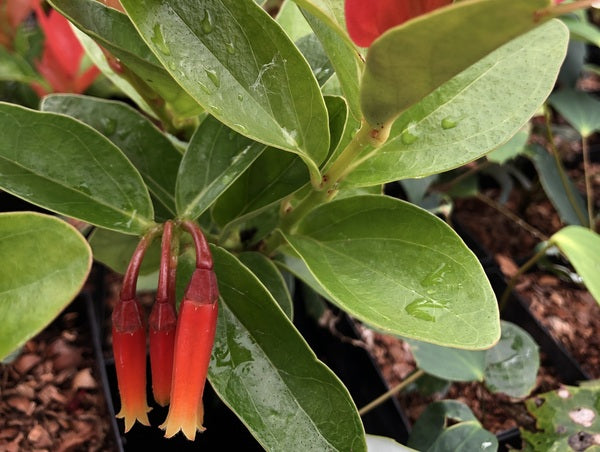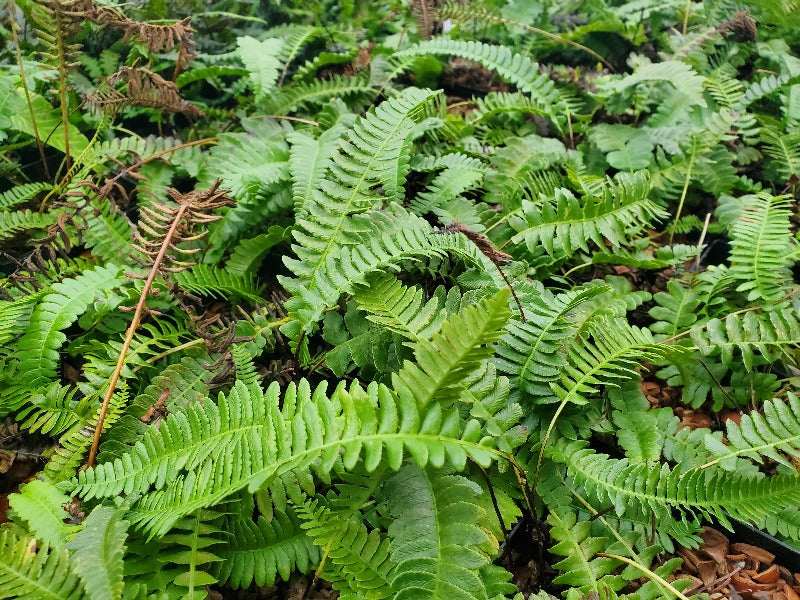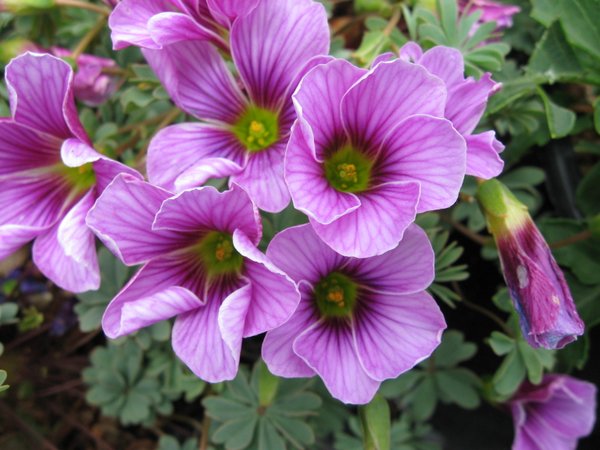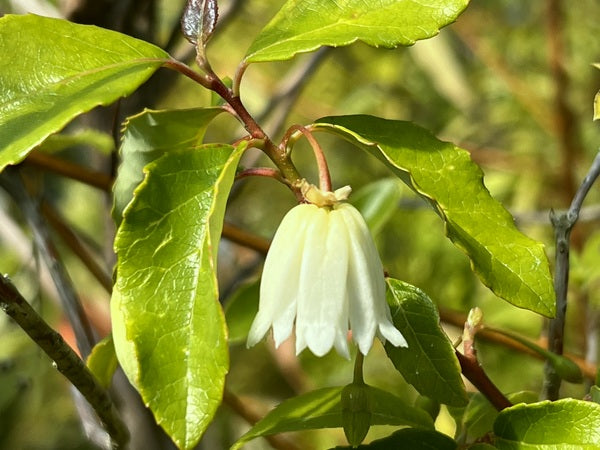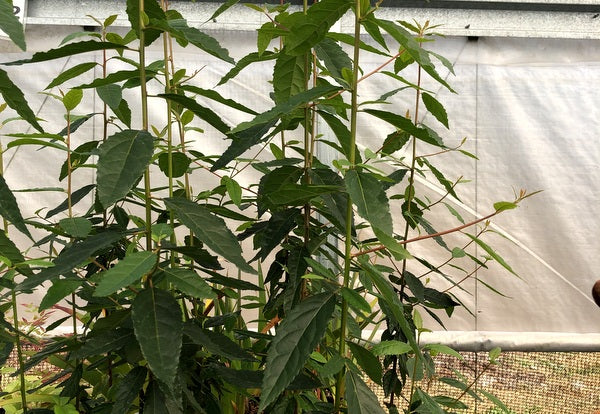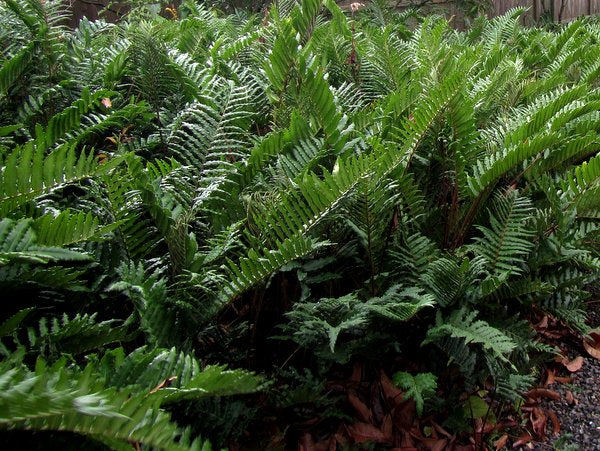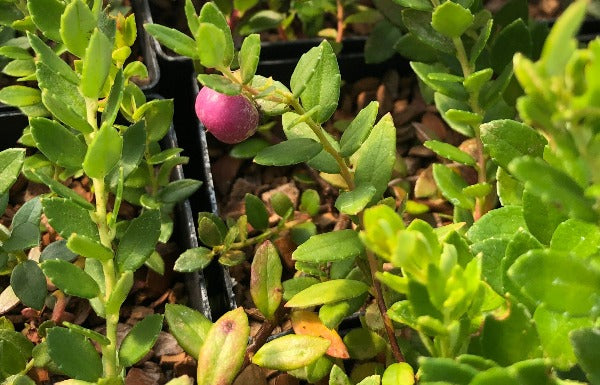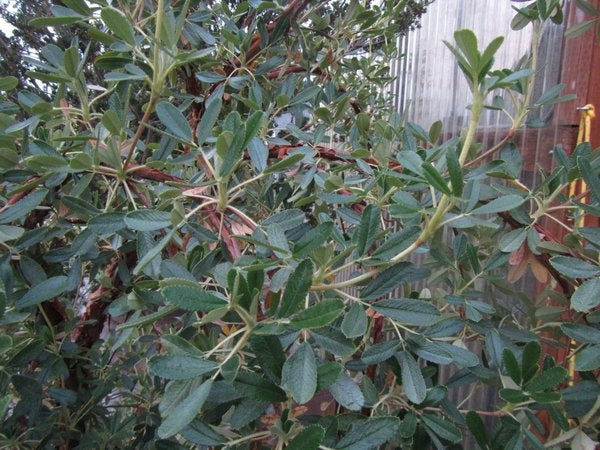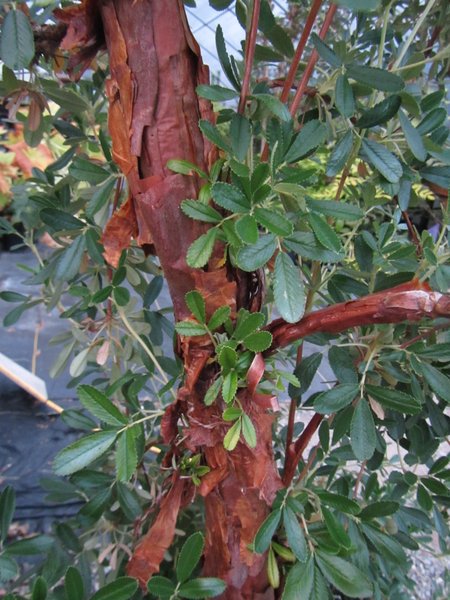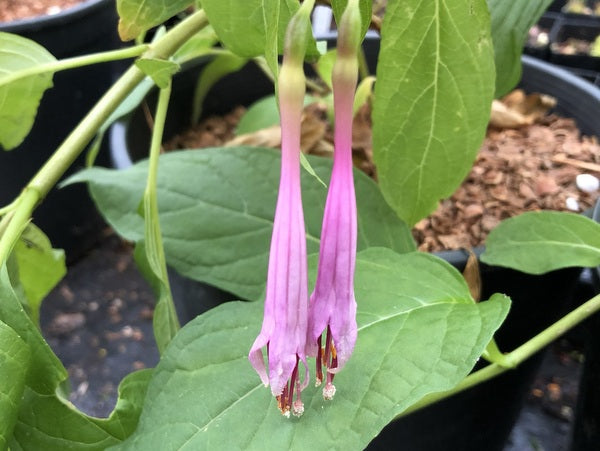Sort by:
25 products
25 products
Bomareas make our head spin, in good and bad ways. I was pleased to find out recently that we aren't the only ones, apparently the non-twiners sometimes twine, and the number of flowers vary widely, as do the color patterns. So basically don't worry too much about keying this one out, instead sit back and enjoy the twirling petioles and tropical colored flowers at face value. This is another in a series of mystery Bomareas we received from friend Chen Hao, it's hard to pick a favorite! With the mystery comes mystery hardiness so please trial it for us, what we can say is full sun and a bit of moisture are welcome companions.
An uncommon New World subtropical blueberry relative native to the Andes. Can be epiphytic and has hanging thin branches up to 5' long but usually shorter with rounded pale green leaves. Just looks like it wants to be on a dripping cliff by a waterfall. Egg-shaped flowers that are white-pink with darker tips followed by translucent violet-tinged edible berries much like Agapetes. No frost. Way nifty.
Extremely rare offering of this NW Argentina-SE Bolivia version of the Chilean Crinodendron patagua. This large shrub to small 20'-30' multi-trunked tree has evergreen leaves and small white bell flowers. Quite fast growing and is one of the primary species in the Podocarpus parlatorei forests. Hardiness is unknown but C. patagua has frozen solid here in a gallon pot at 17F, defoliated, and grew away in the spring like nothing happened. Hopefully another similarity these two species have in common. These are second generation seedlings from our Argentine wild collection. A Far Reaches Botanical Conservancy Offering
Extremely rare tree in the Rosaceae from the Andes. John Grimshaw and Ross Bayton authored a fantastic book in 2010 "New Trees: Recent Introductions to Cultivation" in which the genus Polylepis was described sparingly as only one species, P. australis is grown and that to a very limited extent. The text discussed how more species need to be trialed as they have fantastic bark like the best Acer griseum and some species come from very high elevation and may have potential for hardiness in areas such as the West Coast and surely milder parts of the UK. Shortly after reading this we learned of a seed collecting expedition to the Andes and asked that they look for Polylepis for us and here is one of the results.
These are cutting-grown and will need to be protected from cold their first winter for sure. Excellent foliage which has been evergreen for us with superb sinuous trunk and branching structure which are thickly papered in sheets of exfoliating bark. Flowers are nothing - little colorless bits of dangling insignificance. We sound a little bitter because we have not quite gotten over our disappointment at the first flowering of our parent trees thinking that Rose Family would equate to a flower of some merit, but we had failed to closely read the botanical description referring to the "apetalous flowers" which means no petals. But really, flowers on a tree of this extraordinary character would be like putting whipped cream on your ice cream in which two excellent individual components are diminished in synergy. We think warm Zone 8 for this or perhaps careful siting in colder portions of this zone.
